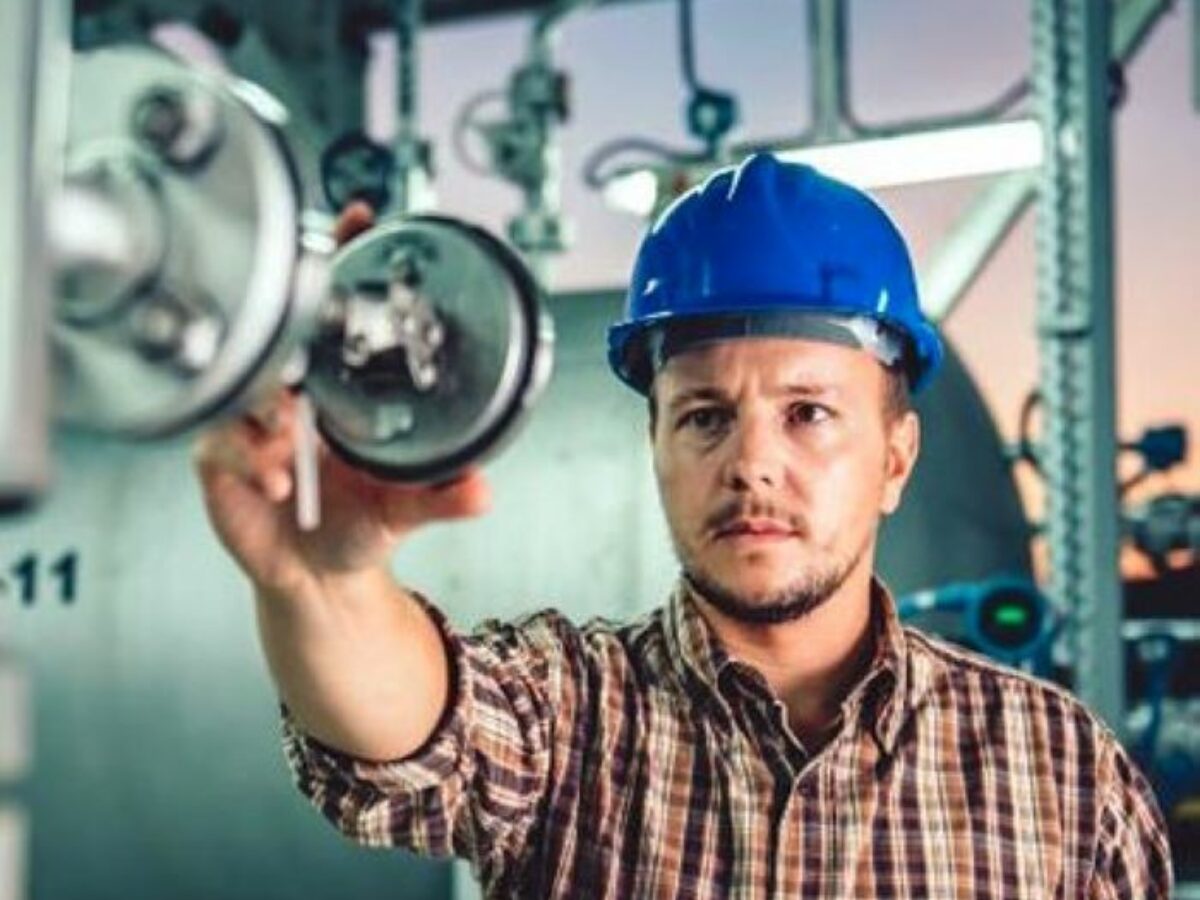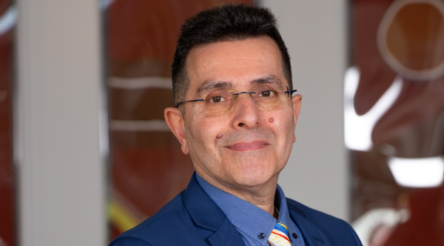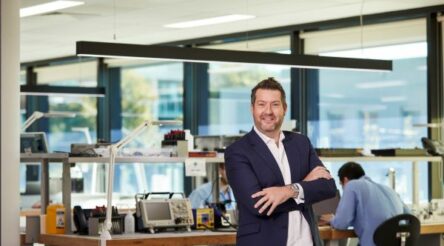Another battery metals factory lost offshore, more to come

While Australia talks the big talk about being a critical minerals and battery metals superpower, backed by the $15 billion National Reconstruction Fund, Australian metals companies continue to be lured overseas by deeper financial markets and more supportive government policies.
Element 25 has become the latest to site in the United States where the Biden government’s $520 billion available to attract industry and increase manufacturing self reliance through the Inflation Reduction Act (IRA) has created a frenzy of announcements and projects.
The company announced that General Motors LLC (GM) had completed due diligence and accepted the company’s Feasibility Study to supply battery grade high-purity manganese sulphate (HPMSM) to support GM’s electric vehicle (EV) battery requirements.
However thanks to a $128 million loan from GM towards financing the construction of its HPMSM processing facility in the US, Australia’s role will be to export manganese concentrate from E25’s Butcherbird mine in Western Australia.
Element 25 Managing Director Justin Brown said: “GM’s acceptance of the HPMSM Feasibility Study is an important milestone for the project and for our project financing activities for the proposed Louisiana facility. It is a key step in our journey to becoming a key supplier to the battery raw material supply chain servicing US electric vehicle markets.”
While siting the plant in the US market is unsurprising given that they have one of the world’s largest car making industries and Australia thoughtlessly discarded our own car manufacturing sector, it is nontheless part of a trend:
- Battery materials producer Talga Group has announced the construction of a battery anode plant at Lulea in Sweden, fed by its high grade graphite resources at Vittangi
- The largest producer of rare earths outside China, Lynas Rare Earths is constructing two heavy rare earth processing plants in the United States, bankrolled by the US government and supplied with Australian concentrates
- Australian Strategic Materials secured potential end user backing and built a rare earth metals production facility in Korea, which will be supplied from its planned mine in Dubbo, NSW
- And Element 25 is completing a Feasibility Study on the construction of a high purity manganese sulphate conversion facility located in the Samalaju Industrial Park in Malaysia.
While there are metals and critical minerals value adding projects underway in Australia – including those backed by the Critical Minerals Strategy 2023–2030 and individual states – we can see that Australia’s truncated economic structure where there are few downstream users locally is tending to migrate important investments offshore.
Other nation’s governments are as eager as Australia to secure their critical minerals supply chain, and the attraction of subsidies and the presence of actual customers is too often tipping the balance away from investing in Australia.
With our biggest companies essentially miners and exporters of ores and concentrates, few local consumers of critical minerals and very modest schemes – yes $15 billion is small beer in today’s world – the odds of Australia becoming a critical minerals superpower are narrowing.
One can see Australia’s future where we supply the raw materials, and with some local exceptions, and others reap the rewards of value adding in their economies.
Further reading:
Talga’s battery anode plant gains environmental approval
Grant pays for Lynas to build rare earths plant in Texas
ASM builds rare earths supply chain, sells first critical metals
Picture: Element 25/manganese
@aumanufacturing Sections
Analysis and Commentary Awards Defence Manufacturing News Podcast Technology Videos










